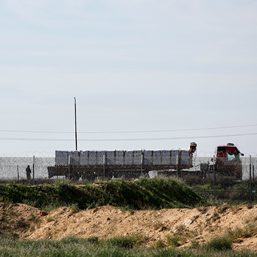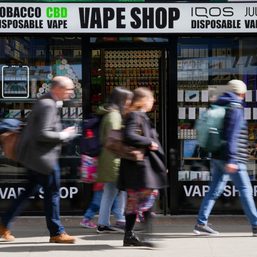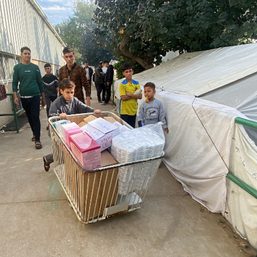SUMMARY
This is AI generated summarization, which may have errors. For context, always refer to the full article.
MANILA, Philippines – Manila Water grew net income 7% to P4.28 billion up from P3.99 billion in 2010 on the back of additional service connections and revenue from its subsidiaries operating outside Metro Manila.
Boracay Island Water aggressively increased billed volume by 22%, while Laguna Water expanded billed volume by 25%. Manila Water’s newest acquisition, Clark Water, hiked up billed volume 47% for the month of December.
These cushioned the muted 0.5% increase in billed volume in the East Zone concession in Metro Manila. The average growth rate in this Metro Manila concession generally averages 4% year-on-year, disclosed Chief Financial Officer Chito Oreta.
The slower growth came despite the addition of about 44,000 new connections in the East Zone, representing the bulk of the year’s connections.
Corporate Communications head N. Jeric T. Sevilla explained at an April 16 press briefing that while the majority of the new connections were in the East Zone to Rizal, the new customers were primarily low income. “These are basically low income customers who average 15-20 cubic meters per month.”
An additional 11,256 service connections were established by Boracay Island Water, Laguna Water and Clark Water, resulting in 893,834 total connections by year-end.
The company said further expanding services is a goal for 2012. The main question is where the money will come from.

Waste management, new connections
Manila Water’s key priorities for 2012 are: improving network reliability, developing a new water source, and expanding the wastewater treatment program.
Waste water treatment sucked up the bulk of 2011 capital spending since treating the waste water is 2.5 to 3 times more costly than treating other water, according to Oreta.
Laying waste water infrastructure is 5 times more expensive than putting in place infrastructure for other water, according to Sevillla. However he said expanding waste treatment services was necessary since only 16% of East Manila is connected is to a sewer.
Manila Water CEO Gerardo C. Ablaza said it is also the company’s responsibility to expand the number of water connections in its concession area. He said the company currently covers 40% of Rizal, leaving one million people unserved.
Ablaza also said that developing new water sources was crucial for the company, since demand will only rise for the precious resource.
Manila Water will develop a portion of Laguna Lake to serve Rizal province and lessen the dependency on its only current water source, Angat dam.
“We are also studying the feasibility of water sources from Pampanga River to develop water sources for irrigation,” added Sevilla.
Who will shoulder the spending and improvements?
The Chief Financial Officer said capital expenditure for 2012 would be P10 billin to P11 billion from P9.2 billion in 2011. He added that Manila Water has yet to decide if it will resort to borrowing or use internally generated cash.
Despite the income increase in 2011, Sevilla said, “Whatever we get in revenues will not be enough to fund our capital investments programs.”
When asked if the higher spending plan would be shouldered by customers in the form of higher rates, Sevilla said Manila Water is still waiting for approval of its March proposal for Rate Rebasing for 2013 and that customers would be notified by the second week of December of any changes. – Rappler.com
Add a comment
How does this make you feel?





There are no comments yet. Add your comment to start the conversation.